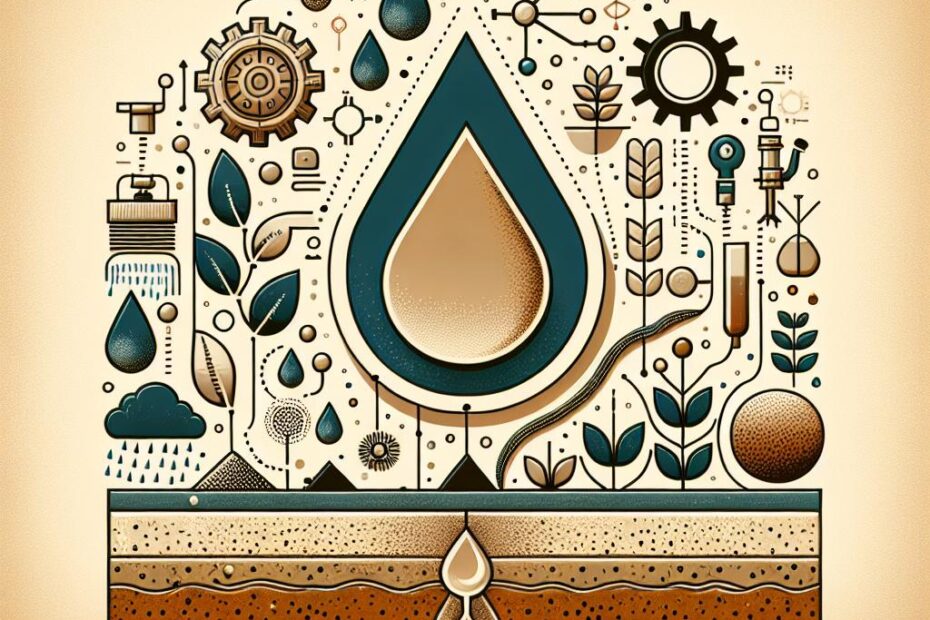Title: How To Improve Soil Drainage: A Comprehensive Guide
Introduction:
One of the most critical factors for healthy plant growth is proper soil drainage. If your soil doesn’t drain well, it can lead to waterlogging, root rot, and other issues that can harm your plants. In this article, we will explore various methods to improve soil drainage, from choosing the right soil amendments to implementing effective drainage systems.
Why is Soil Drainage Important?
Proper soil drainage is essential for several reasons:
- Prevents waterlogging: Excess water can deprive plant roots of oxygen, leading to root rot and plant death.
- Encourages root growth: Well-draining soil allows roots to penetrate and spread easily, promoting healthy plant growth.
- Reduces erosion: Good drainage helps prevent soil erosion, preserving the structure and fertility of the soil.
Benefits of Improving Soil Drainage:
- Enhanced plant growth
- Reduced risk of root diseases
- Better nutrient absorption
- Prevents soil erosion
Methods to Improve Soil Drainage:
-
Choose the Right Soil Amendment: Adding organic matter such as compost, peat moss, or aged manure can improve soil structure and drainage. These materials help break up compacted soil, allowing water to flow freely.
-
Install Drainage Systems: Installing French drains, dry wells, or perforated pipes can help redirect excess water away from your planting area. This is particularly effective in areas prone to waterlogging.
-
Raise Beds: If your soil is consistently waterlogged, consider raising your planting beds to improve drainage. Raised beds allow for better control over soil moisture levels and can prevent waterlogging.
-
Use Mulch: Applying a layer of mulch on top of the soil can help regulate soil moisture levels and prevent water from pooling on the surface.
-
Choose the Right Plants: Some plants are more tolerant of wet conditions than others. Select plants that thrive in moist environments to ensure they can withstand poor drainage.
Practical Tips for Improving Soil Drainage:
- Test your soil drainage by digging a hole, filling it with water, and observing how long it takes to drain.
- Avoid compacting soil by walking or working on it when wet.
- Add drainage material such as gravel or sand to heavy clay soil to improve drainage.
Case Study:
Jane, a gardener with poor drainage in her backyard, followed the tips outlined in this article to improve her soil drainage. By adding compost, installing a French drain, and raising her beds, she was able to transform her waterlogged garden into a thriving oasis for her plants.
First-Hand Experience:
As a seasoned gardener, I have encountered various soil drainage issues over the years. By implementing the methods mentioned above, I have been able to improve the drainage in my garden and create an environment where my plants can thrive.
Conclusion:
Improving soil drainage is crucial for the health and vitality of your plants. By following the tips and methods outlined in this article, you can create an optimal growing environment for your garden. Whether you choose to amend your soil with organic matter, install drainage systems, or simply raise your planting beds, taking steps to improve soil drainage will benefit your plants in the long run. Remember, healthy soil equals healthy plants.
Implement these strategies in your garden today to ensure that your plants have the best possible growing conditions. Happy gardening!
